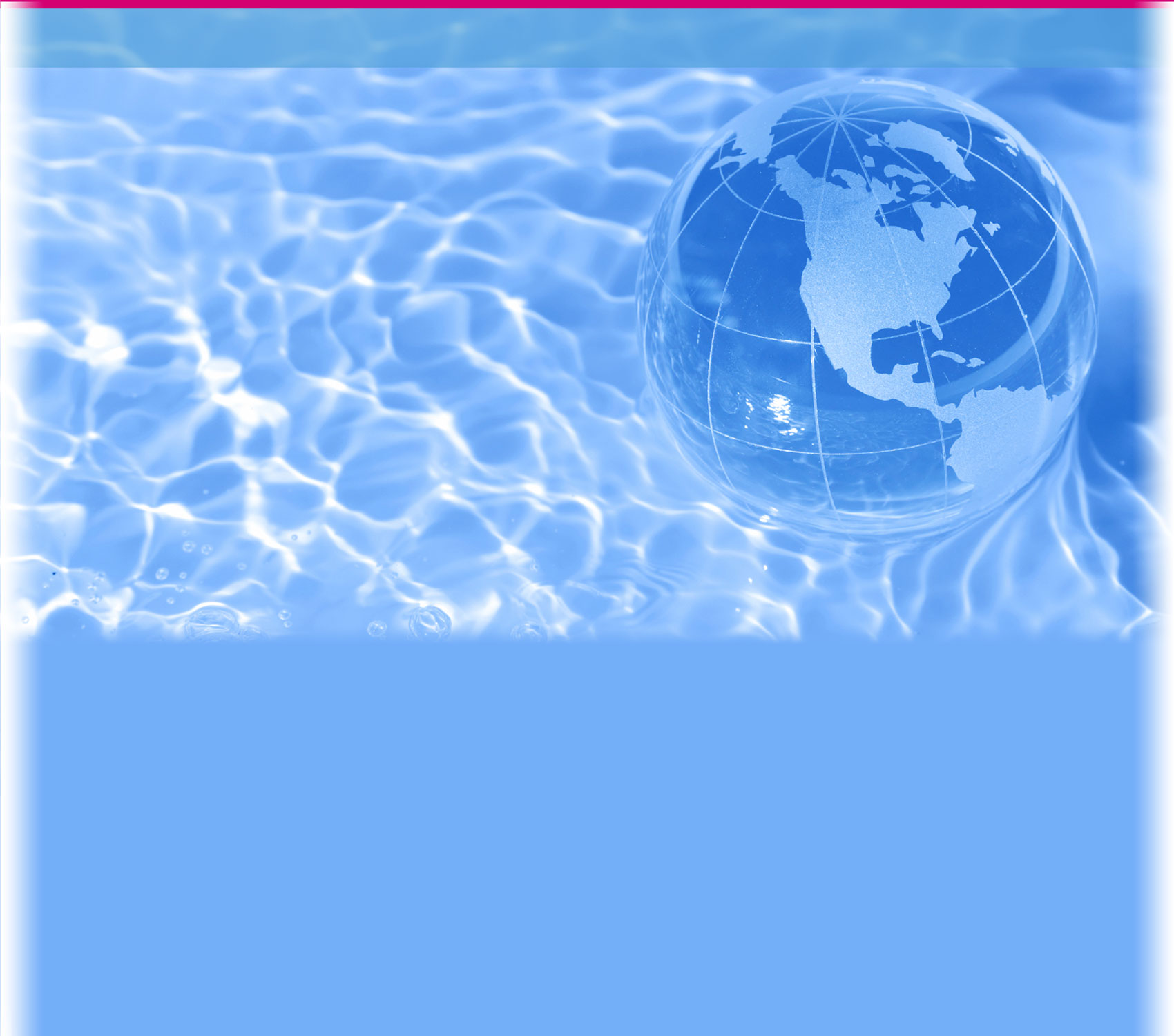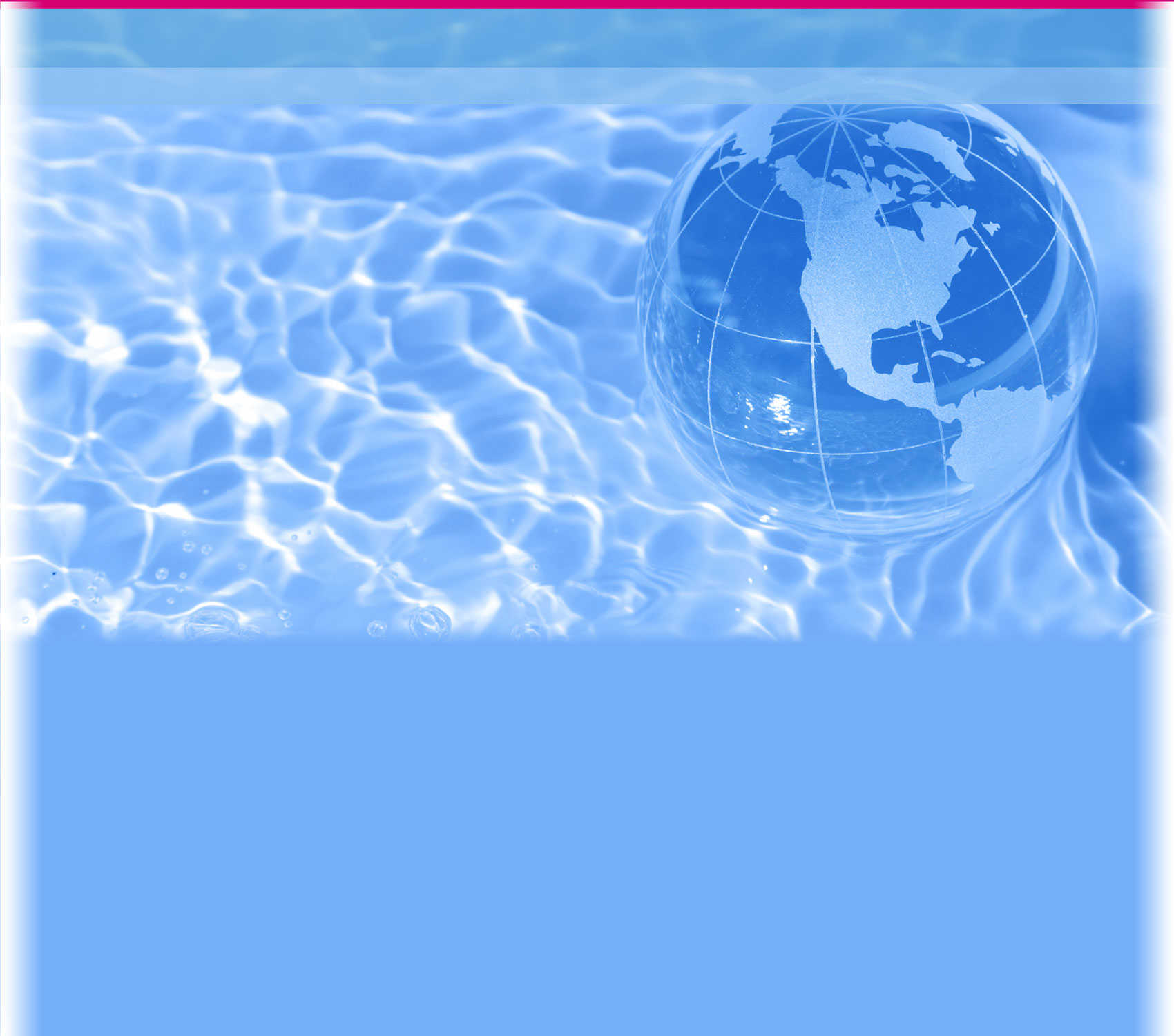Teacher Notes
Make a Prototype and Test Your Design (1 hour) > Print/View All Notes
In this activity, students will build and test their water filtration or distillation systems. Before beginning, have students turn to page 13 of their Engineering Portfolios. Provide students with the directions and materials they will need.
Below is a list of suggested materials to make available to students. You may wish to tailor this list of materials if there is a specific solution or design you would like your students to arrive at.
Plastic or glass containers (suggested: 2-liter soda bottles cut so that the top half can be inverted and placed inside the bottom half)
Fabric
Ice
Coffee filters
Activated charcoal (available at aquarium supply stores; be sure to rinse in advance)
Alum (available in the spice aisle at grocery stores)
Plastic wrap
Paper towels
Gravel
Cotton balls
Sand (rinsed in advance)
Flexible tubing
Cooking pot with lid
Rubber bands
Small heatproof container
(If you are allowing students to make distillation systems, you may need additional lab materials.)
You should also have a sample of "contaminated" water for students to purify.
Pass out the materials and assist students as they build and test their water filtration or distillation systems. Give each group a sample of "contaminated" water and help them compare a sample of the original water with the water they collect after treatment. You should be able to visually compare the two samples to decide which one is cleaner.
Encourage students to compare the odor of the two samples as well.
Standards Addressed:
RST.9-10.3,
HS-ETS1-2,
HS-ESS2-5,
SSOP1-7
![]()


